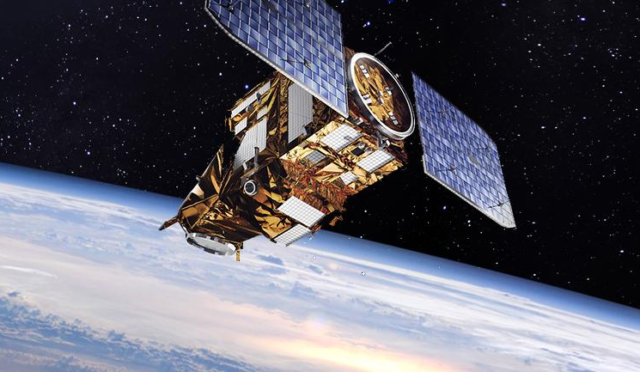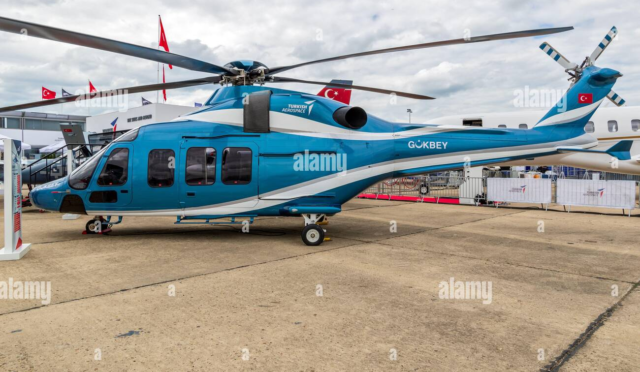Electromagnetic Gun: Japan’s Military Innovation on JS Asuka
**The Japan Maritime Self-Defense Force (JMSDF) has unveiled an intriguing development in military technology with the introduction of an electromagnetic gun mounted on the test ship JS Asuka. This marks a significant step in Japan’s ongoing pursuit of modernizing its naval capabilities. The gun, which has drawn comparisons to similar technologies previously sidelined by the U.S. Navy, represents the culmination of research and development efforts led by the country’s Acquisition, Technology & Logistics Agency (ATLA) since the mid-2010s.**
Photographs of the electromagnetic gun were released during a visit from Vice Admiral Katsushi Omachi, the Commander of the Self-Defense Fleet, on April 9. This momentous occasion caught the attention of ship enthusiasts, who had begun sharing images of the gun on social media earlier in the month. One observer even noted the gun’s distinctive angular turret and barrel design during a military port tour, highlighting the innovative engineering that goes into such military advancements.
The JS Asuka, a test ship weighing in at 6,200 tons and operational since 1995, has been pivotal in the development of various maritime systems and weaponry. In a statement, the JMSDF confirmed Vice Admiral Omachi’s visit was focused on assessing the current progress of the electromagnetic gun project, emphasizing its critical role within the Fleet Research and Development Command.
Development of the electromagnetic gun is being spearheaded by ATLA’s Ground Systems Research Center, which began full-scale efforts in 2016. Research spanning several years aimed for a successful muzzle exit velocity of 2000 meters per second and the capability to fire up to 120 rounds reliably. This project sought to leverage the advantages of an electromagnetic system, which avoids some of the damage caused by the explosive pressures typical in conventional firearms.
Challenges remain, particularly related to wear on the rail due to high currents and armature contact, which can undermine firing performance over time. Initial tests using copper rails faced issues, prompting a transition to a more durable mixture of metals that have since proven to withstand 120 rounds without significant degradation.
In a notable achievement, ATLA announced successful test firings of a prototype railgun in 2023, asserting its development as the first of its kind for any nation. Images from these tests revealed a different mounting setup than the turret currently installed on JS Asuka, indicating ongoing experimentation with the system. Japan is also pursuing collaborative efforts with France and Germany in this domain, while the U.S. Navy has opted to abandon its own electromagnetic gun initiative.







